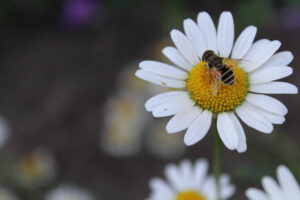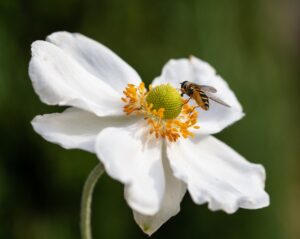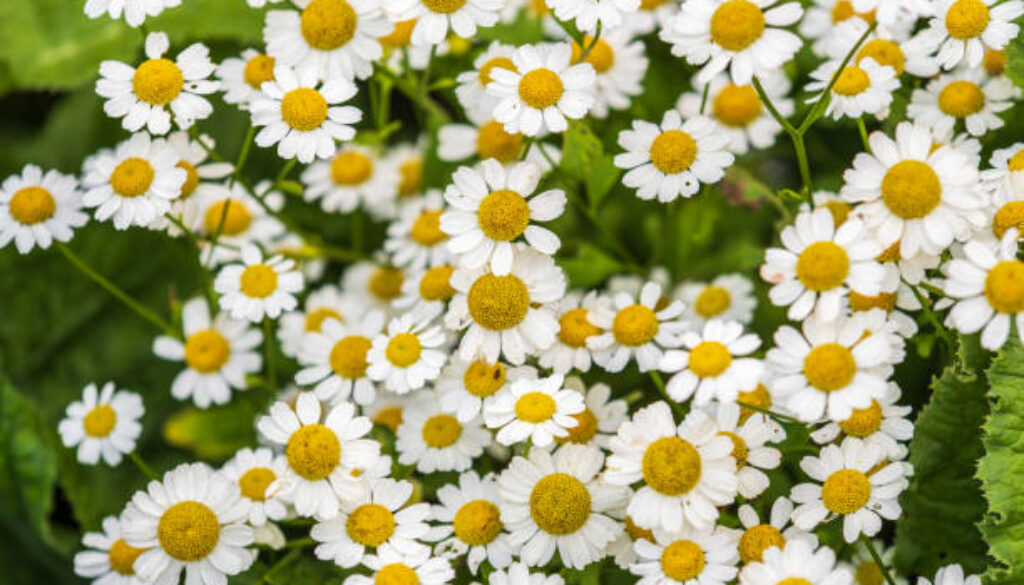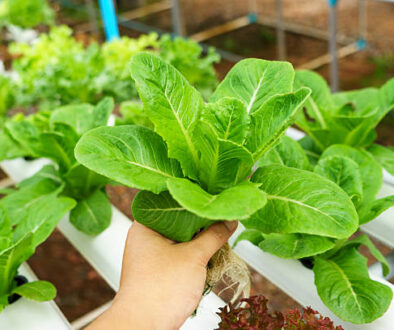Feverfew – Nature’s Aspirin for Fevers and Migraines
This post may contain paid and/or affiliate links. I may earn a small commission at no extra cost to you.
If you’ve ever had a pounding migraine or a stubborn fever, you know how miserable it feels.
That’s where feverfew becomes so useful; it’s often called nature’s aspirin, and for good reason.
Growing this little powerhouse in your own medical garden or herbal medicine garden gives you quick access to one of the best natural helpers around.
It’s not just another pretty plant; it’s one of those medicinal plants people have trusted for centuries.
Adding feverfew to your healing herbs garden or a full medicinal herbs garden means you’ll always have a gentle, natural remedy within reach.
What Exactly Is Feverfew?

Feverfew is a small, daisy-like plant that’s been used in traditional medicine for centuries.
The name comes from the Latin word “febrifugia,” which means fever reducer.
People have relied on it to help with headaches, fevers, and inflammation long before modern painkillers were even a thing.
What makes feverfew so effective is a natural compound called parthenolide.
This chemical is believed to calm inflammation and relax the blood vessels that often cause migraines.
Unlike a bottle of aspirin from the store, feverfew is something you can grow, pick, and use right from your own garden.
That alone makes it a pretty powerful addition if you’re interested in natural remedies.
Related:
- 9 Powerful Medicinal Herbs to Add to Your Healing Herbs Garden
- 14 Herbs That Grow Perfectly Well In Buckets Anytime Of The Year
- How to Start A Medicinal Garden at Home, Even if you’ve never planted anything before
Why You Should Grow Feverfew at Home

Having feverfew in your garden gives you a ready supply of natural medicine.
Here’s why it’s worth planting:
- Easy to grow: It doesn’t need much attention and adapts to most garden conditions.
- Long-lasting benefits: Once established, it often comes back year after year.
- Practical use: You can make teas, tinctures, or simply dry the leaves for later.
- Low-cost medicine: Instead of reaching for over-the-counter pills, you’ll have your own natural option.
Growing your own healing plants also gives you peace of mind.
You know exactly how they were grown, without pesticides or unnecessary chemicals.
How to Grow Feverfew in Your Garden

Choosing the Right Spot
Feverfew loves sunlight, so pick a bright location. It prefers well-drained soil but isn’t too picky about the exact type.
If you’ve got a sunny patch in your backyard, that’s perfect.
Planting from Seeds or Seedlings
You can start feverfew from seeds indoors in early spring or plant them directly outside once the frost is gone.
Seedlings are another option if you want faster results.
Scatter the seeds lightly and cover them with a thin layer of soil. Keep the soil moist until the plants sprout.
Caring for the Plants
Water regularly, but don’t let the roots sit in soggy soil. Once feverfew is established, it doesn’t need much care.
Deadheading (removing old flowers) encourages more blooms and keeps the plant looking tidy.
Harvesting for Use
The best time to harvest feverfew leaves is just before the plant flowers.
That’s when the concentration of healing compounds is highest.
Snip off a few leaves at a time and use them fresh, or dry them for storage.
Ways to Use Feverfew
Tea
Steep a few fresh or dried leaves in hot water for about 10 minutes.
The taste is slightly bitter, so you may want to add honey or mix it with other herbs.
Tincture
You can make a tincture by soaking the leaves in alcohol or glycerin for a few weeks. This creates a concentrated liquid that you can use in small drops when needed.
Capsules or Tablets
If you prefer not to deal with the taste, feverfew is also available in capsule form.
Many people find this the easiest way to use it regularly.
Benefits of Feverfew

- Helps with migraines: Many people use it to cut down on the frequency and severity of their headaches.
- Reduces fevers: True to its name, it has a cooling effect when your body temperature spikes.
- Eases inflammation: Joint pain, arthritis, and general aches may feel lighter with feverfew.
- Supports overall wellness: Using medicinal herbs like feverfew helps reduce dependency on synthetic pain relievers.
Safety and Precautions
Even though feverfew is natural, you still need to use it wisely.
- Pregnant women should avoid it, as it can cause complications.
- Don’t chew fresh leaves too often, because they can irritate the mouth.
- Check with your doctor before mixing feverfew with prescription medications, especially blood thinners.
- Introduce it slowly if you’ve never used it before, so you can see how your body reacts.
Companion Plants for Feverfew

Feverfew works well alongside other medicinal herbs.
Growing it near chamomile, echinacea, or calendula creates a little corner of natural healing in your backyard.
These plants support each other, attract pollinators, and give you a wider variety of options when you need natural remedies.
Conclusion
Feverfew has earned its reputation as nature’s aspirin for good reason.
It’s easy to grow, simple to use, and packed with benefits for headaches, fevers, and inflammation.
By adding it to your garden, you’re not just growing another plant—you’re building your own supply of natural medicine.
Whether you choose to sip it as tea, make a tincture, or simply enjoy its presence in your garden, feverfew offers a reliable way to support your health the natural way.
FAQs
- How long does it take for feverfew to start working for migraines?
Some people notice benefits within a few weeks of regular use, while for others it may take a couple of months. Consistency is key. - Can I use feverfew every day?
Yes, many people take small amounts daily for prevention. However, it’s best to start with a low dose and watch how your body responds. - Is feverfew safe for children?
It’s not generally recommended for young children unless guided by a qualified herbalist or healthcare provider. - What’s the best way to store dried feverfew?
Keep it in an airtight container in a cool, dark place. Properly stored, it should last up to a year without losing potency.



